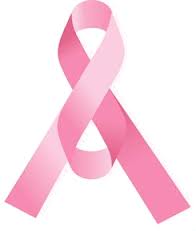It’s a fact: many women eligible for breast reconstruction following cancer surgery are not being properly informed of their options.
The Breast Reconstruction Awareness Campaign–a collaborative effort between the American Society of Plastic Surgeons, The Plastic Surgery Foundation, plastic surgeons specializing in breast reconstruction, nurse navigators, corporate partners, and breast cancer support groups–hopes to change this.
Statistics show:
- Eighty-nine percent of women want to see successful breast reconstruction surgery results before undergoing cancer treatment.
- Less than a quarter (23 percent) of women know the wide range of breast reconstruction options available.
- Only 22 percent of women are familiar with the quality of outcomes that can be expected.
- Only 19 percent of women understand that the timing of their treatment for breast cancer and the timing of their decision to undergo reconstruction greatly impacts their options and results.
Breast cancer does not discriminate, and while every journey is unique, all breast cancer patients have the right to know their reconstruction options. Click here to meet our team and learn more about our practice, success stories, and natural reconstruction surgery.















